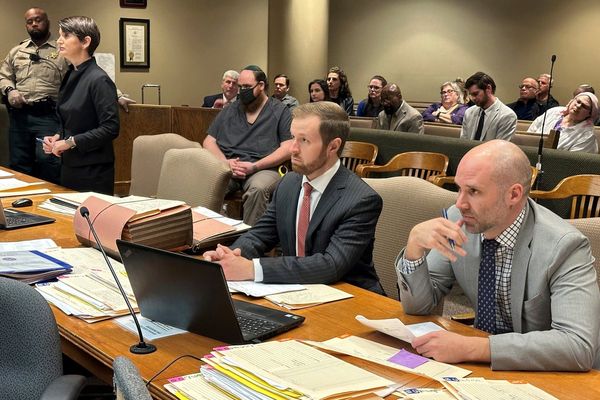A swarm of giant city-killer asteroids hiding near Venus poses an “invisible threat” to life on Earth, astronomers have warned in a new study.
These space rocks, known as co-orbital asteroids, tag along with Venus as it circles the Sun and likely originated from debris in the main asteroid belt between Mars and Jupiter.
There are around 20 such asteroids so far discovered around Venus, and each of them is likely larger than about 140 metres (460 ft) in size – large enough that they could potentially wipe out an area the size of a city if they impacted the Earth.
All but one of the known asteroids tag along with Venus on very elongated trajectories, hinting there’s likely an observational bias in how scientists have found them.
Scientists suspect there could be many more such undiscovered asteroids around Venus with lower “eccentricities” – or deviations from a perfect circle – that are obscured from our view due to the Sun’s glare.
“This is most likely caused by observational biases since asteroids with larger eccentricities may approach the Earth and are easier to detect,” they wrote.
These hidden asteroids may also change their trajectories relative to Venus, bringing them closer to the Earth.
While they do not pose any immediate risk, a close approach to Earth could pull them onto a collision course with our planet and threaten life over the coming millennia, according to a yet-to-be peer-reviewed study.
In the study, researchers conducted computer simulations to determine whether any potential hidden asteroid circling Venus and obscured from our view may threaten Earth in the future.
Scientists made replica computer models of the already known co-orbital rocks around Venus, but with different orbits relative to Venus and observed how they behaved over 36,000 years.
“There is a range of orbits with eccentricities lower than 0.38 for which Venus’ co-orbitals can pose a collisional hazard to Earth,” scientists wrote.
However, it is hard to estimate exactly what risk they pose in colliding with Earth since the exact number of co-orbitals with Venus is unknown, they say.
Researchers hope the Rubin Observatory may play a role in detecting some of these asteroids in the future “during favourable configurations”.
“Space missions based on Venus’ orbits may be instrumental in detecting Venus’ co-orbitals at low eccentricities,” they concluded.







